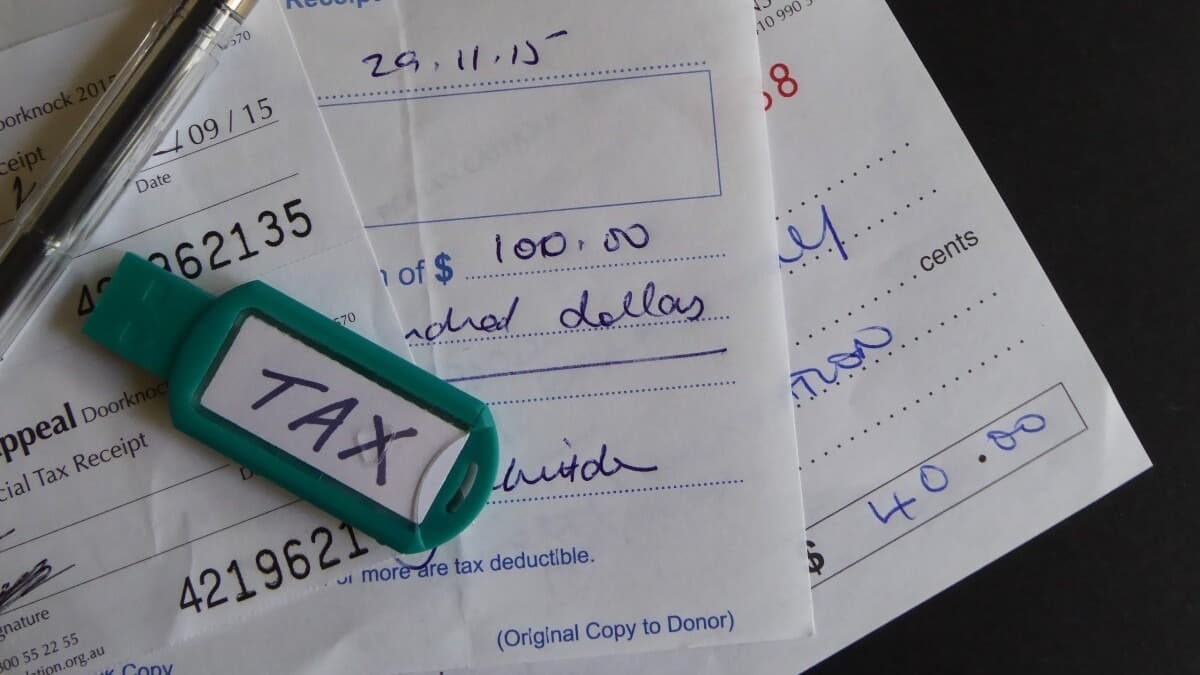Anthony Albanese emerged the winner of the Federal Election on Saturday 3rd May 2025. His Labor Party won the election by a landslide, taking at least 85 seats in the House of Representatives and forming majority government.
The Labor party had taken a number of tax related measures into the election which will now progress, in due course, to become law. Key measures which will impact your taxes include:
Standard $1,000 tax deduction
From 1 July 2026, the government will introduce an automatic deduction of $1,000 for work-related expenses without the need for receipts, benefiting approximately six million workers who currently claim less than this amount.
The reform will allow taxpayers to choose to claim a $1,000 instant tax deduction instead of claiming individual work-related expenses. It is intended to save time and money for taxpayers, who won’t – in theory – need to keep receipts/invoices to substantiate the $1,000 deduction. Of course, in practice, many taxpayers will still need to keep full substantiation as they won’t necessarily know whether their work-related expenses are more or less than $1,000 until they get to the end of the tax year.
If you wish to claim more than $1,000 in work-related expenses, you won’t be able to claim the automatic deduction. You will need to follow the current rules, which involve full substantiation of most expenses.
The ATO will not need to audit taxpayers who claim the standard deduction. This will enable them to focus on higher tax claims (including work-related deductions over $1,000), which is sure to increase the pressure on taxpayers to make sure they have the necessary records to support their claim.
Currently taxpayers can claim up to $300 in work-related expenses without substantiation. If they exceed the $300, they need full substantiation for all their expenses, not just the excess over $300. The $300 limit doesn’t apply to claims for car expenses, meal allowance, award transport payments allowance, or travel allowance expenses. Taxpayers do need to prove how they spent the money and how they calculated the claims.
It remains to be seen how Labor implements this proposal; will it be a blanket exception for all work-related expenses of less than $1,000 or will it simply piggy-back on the existing $300 exception (raising the threshold by $700), complete with its exclusions and checks?
And note – this is a standard deduction, not a simple refund of $1,000. The amount you get back depends on your tax rate. For example, someone who pays tax at 30% will get $300 (30% x $1,000) back.
Taxpayers will need to complete a tax return to claim the deduction which means that it will be July 2027 at the earliest before they see any benefit.
Reduction in the bottom rate of income tax
From July 1, 2026, the tax rate for the lowest tax bracket will be cut from 16 per cent to 15 per cent, which is equivalent to one cent less for every dollar you earn between $18,201 and $45,000. Then, on July 1, 2027, the rate will fall again to 14 per cent. The actual impact on taxpayer’s take-home pay will be limited; it amounts to a tax reduction of $268 from 1 July 2026 and $536 from 1 July 2027.
Other measures?
The government deliberately set a “small target” strategy, ruling out more fundamental changes to the tax system. So, there are no proposals to remove or reform the system of negative gearing, no changes to the GST, and no changes to the tax rates or thresholds other than those outline above to the bottom rate.
ALSO READ: Tax cut for SMEs could yield $10 return for every $1 lost: Report
Keep up to date with our stories on LinkedIn, Twitter, Facebook and Instagram.

